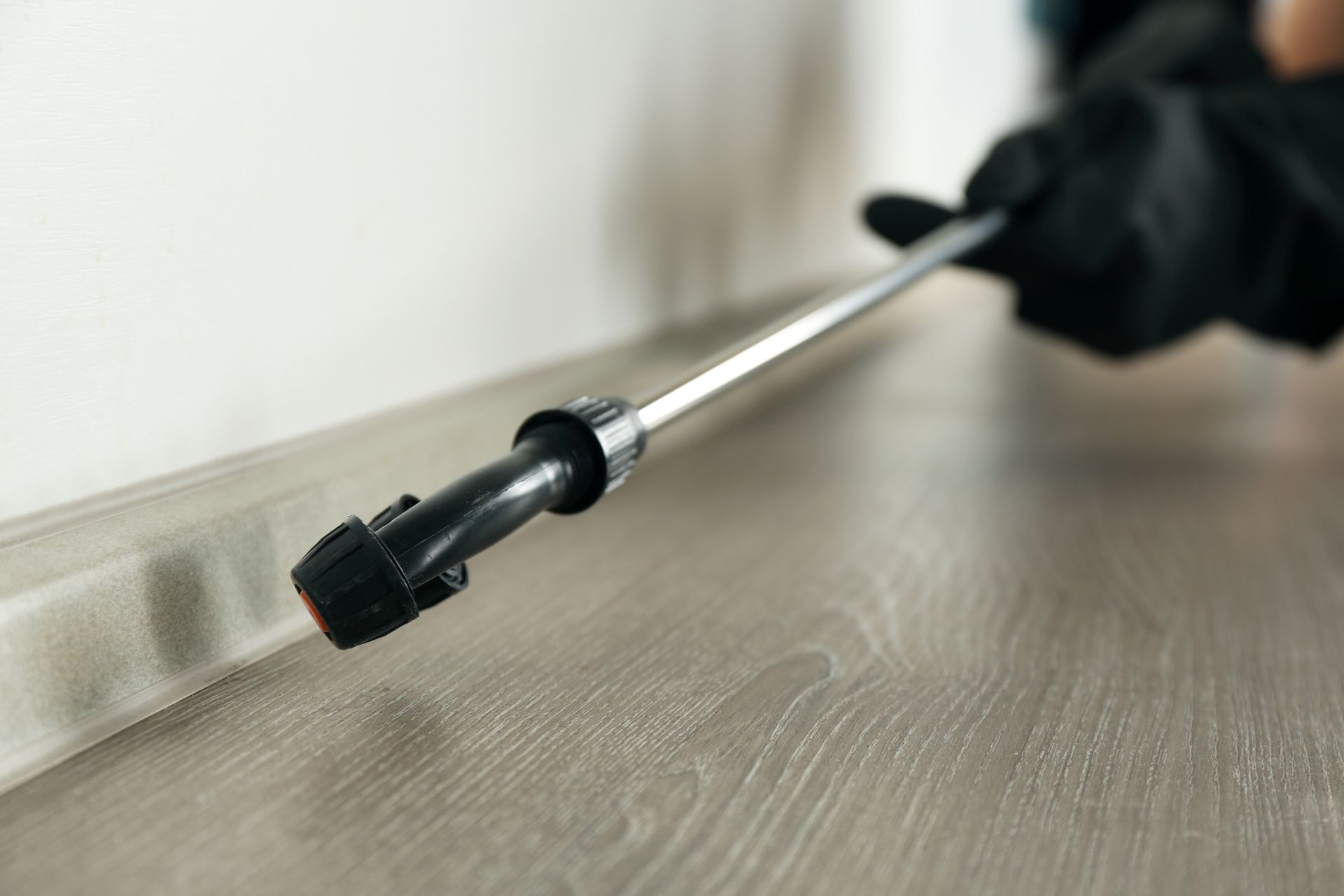What Attracts Mice to Your Home? | Paffy's Pest Control
Cracks and Openings
These small pests can wiggle through openings around pipes where wires enter your home. Any gap in your attic, outer wall, or foundation is an entry point for mice. These rodents can squeeze through cracks the size of a dime — and they are skilled gymnasts.Even gaps around doors and windows let these pesky pests into your home. Over time, wooden frames warp and deteriorate, and the weatherproofing wears down. While you may not spot the resulting gaps, a mouse can probably squeeze through these tiny cracks.
Patching up foundations and filling any cracks are some ways to prevent mice infestation. Ensure that windows and doors have a snug fit and pay attention to incoming wires, pipes, and vents. Metal wire mesh, caulk, sheet metal, steel wool, and expandable foam are handy for blocking entry points.
Food Debris or Uncovered Food
Open food sources encourage pest infestation in your home. The major problem with mice is that they consume edible food, whether raw, cooked, or dirty. Also, the pests only need small amounts of food, and the tiny crumbs left on the kitchen counter will suffice. Some pests' favorite foods include the following.Chocolate and Sweets
The chocolate bar you keep in the cupboard to satiate your sweet tooth also attracts mice. The pest especially likes chocolate low in cocoa and dairy, and you should check for any signs of nibbling if you suspect the presence of mice. Store your treats in sealable plastic containers to keep away pests.Nuts, Grains, and Seeds
Open cereal boxes in your kitchen cupboards are a recipe for disaster. Mice love to nibble on cereal pieces, oats, rice, and popcorn. The pests also go wild on nuts and nut products like peanuts, walnuts, hazelnuts, cashews, almonds, and peanut butter. The high protein content in these treats keeps mice energetic.Bacon
Although mice mainly seek nuts, seeds, grains, and plants, they still nibble on meat. The smell of bacon lures these pests, as do hot dogs and beef jerky. In fact, you can use pieces of these items on mousetraps.Fruits
In the wild, mice scavenge for juicy fruits and berries. Uncovered strawberries, raspberries, apples, and pears in your kitchen attract these pests. If your property has fruit trees, clear any fallen fruits as the rotting smell attracts mice.Pet Food
Mice consume any food left out for your dog or cat. Thus, don't leave pet dishes unattended and store pet food in plastic tubs as mice can follow its smell.A clean kitchen is the best defense against mice infestation. Don't leave dirty dishes with food crumbs lying around, and clean up spilled dry grains immediately. Also, secure the trash bag and bin and keep in mind that the pests chew through plastic bags.
Clutter
Mice are active burrowers and make nests in piles of newspaper, papers, tissues, and any other comfy material. Similarly, dirty clothes and piles of stuff in basements and storage areas offer hiding areas and travel channels for these pests.If you store objects in cardboard boxes, the resulting dark spaces can attract rodents. Check for droppings in basements, attics, and garages when you suspect mice infestation. In addition to storage rooms, rodents make homes in clutter found in living areas. Thus, keep each room tidy, clean, and uncluttered. Another tip is to keep tissue, paper towels, and paper products off the floor and away from walls and closets.
Warmth
A heated home with many hiding places is a safe haven for mice. When mice enter your home, they seek a warm, isolated place to nest and breed, like attics, ceilings, and walls. Other ideal areas are cupboards and behind household appliances.The pests commonly burrow into insulation, and you may hear late-night noises if your insulation lies behind drywall. Hidden water heaters are other common nesting spots. Be extra vigilant when it's cold outside, as the pests search for warm buildings to hide.
Organic Debris
The weeds, shrubs, and plants around your home provide hiding spots for mice. From here, the mice search for wall openings to get into the house. The solution is to maintain your yard regularly and clear any fallen leaves, cut grass, and tall weeds.The rodents also nest and feed on the compost that fertilizes your garden. A heavy-duty plastic tumbler keeps the compost from the ground and away from the mice.
The battle against mice can overwhelm any homeowner in the Twin Cities area. Fortunately, our seasoned pest control technicians at Paffy's Pest Control eliminate all kinds of rodents. Call us today for a pest-free home.















